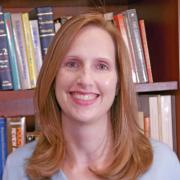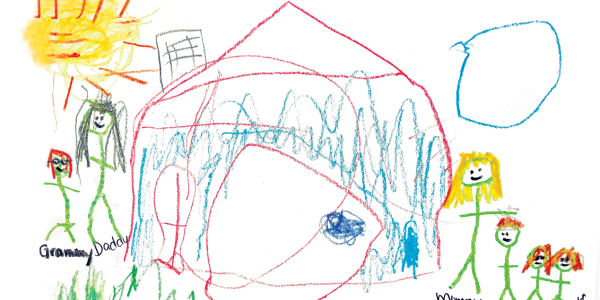Fostering creativity is one of the most rewarding—and challenging—goals that teachers of young children can set for themselves. While it may seem simple enough to put out art materials—and let young children bubble with their often novel ideas—it takes a lot of thought and skill to establish a learning environment that nurtures creative thinking. Only by intentionally connecting educational goals with open-ended, inspiring approaches can teachers encourage children to express and develop their creativity as part of the learning process. True creativity emerges from the combination of knowledge, skill, inspiration, and persistence.
This Young Children cluster takes readers inside classrooms where children’s creative thinking is cultivated in large and small ways throughout the day. Painting and poetry are used as means of self-expression and as paths to a deeper grasp of core concepts in science and social studies. Singing brings a meaningful context to reading fluently, and a design challenge reveals the benefits of combining aesthetics with mathematics and engineering. Throughout this cluster, children’s creativity provides the spark for new explorations, and in turn, their new knowledge inspires yet more creative thinking.
We begin with “Art at the Heart: Creating a Meaningful Art Curriculum for Young Children,” by Kelly J. Massey. Teaching at a Reggio-inspired school, Massey does not think of art as a product; she focuses on the acts of beautifying, making meaning, and expressing oneself. By observing and listening to the children, Massey distills the big ideas central to their explorations. She then provides provocative questions 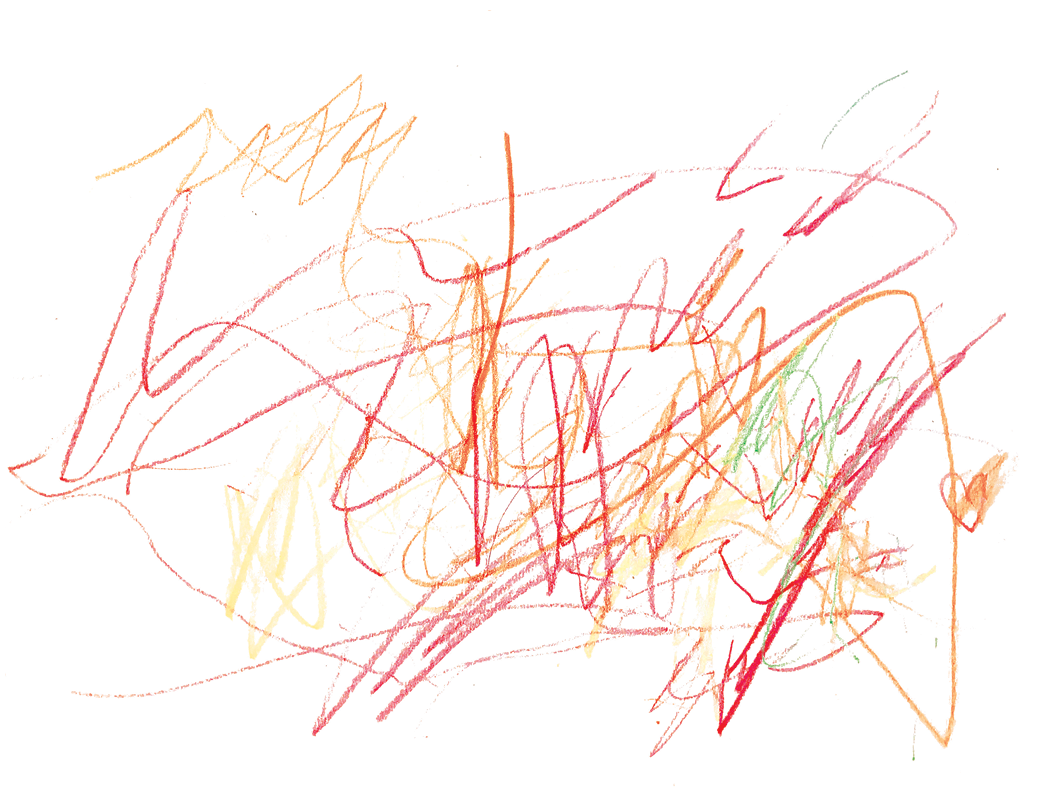 and a rich environment to deepen and expand children’s thinking.
and a rich environment to deepen and expand children’s thinking.
Another way to challenge children’s creative thinking is to carefully examine excellent works of art. Angela Eckhoff, in “Meaningful Art and Aesthetic Experiences for Young Children,” takes us inside the Denver Art Museum as a class of 3- and 4-year-olds explore a ceremonial mask from a Pacific Northwest Coast tribe from aesthetic and cultural perspectives. Later, they creatively apply their new understandings as they make their own mask-like boxes. Knowing that many teachers are not able to take trips to museums, Eckhoff suggests ways to use museum websites to inspire similar learning experiences.
In “‘Look What I Made!’ Open-Ended Apps that Spark Creativity,” Holly Carrell Moore considers how a variety of apps can be strategically incorporated into preschool classrooms to foster creativity. Much like blocks and paints, many apps provide meaningful opportunities for children to express their ideas and feelings, create patterns, design environments, and more. For some children, the ease with which changes can be made in digital creations is especially freeing.
For educators, one reason to make time for creative endeavors is that these experiences combine aesthetic, academic, and social and emotional learning. As Rekha S. Rajan demonstrates in “Take Center Stage: Enriching Academics with Musical Theater in the Primary Grades,” musical theater can develop a wide range of abilities. Working with a second-grade teacher, Rajan selects a short musical that enriches a social studies unit, has performance and production roles for all children, provides meaningful language and literacy practice, requires collaborative problem solving, and creates unique opportunities for the children to express themselves.
Creative self-expression is the heart of “‘Freedom for Me Is to Play Heartily in a Playground’: Writing Poetry Develops Children’s Voices,” by So Jung Kim. Kim describes a class of 6-year-olds in South Korea flourishing in a student-centered, multicultural curriculum. Challenging the children to deeply explore concepts like friendship and freedom across cultures, the teacher reads aloud picture books on multicultural issues, then engages the children in developing free verse poems and illustrations to express their thoughts.
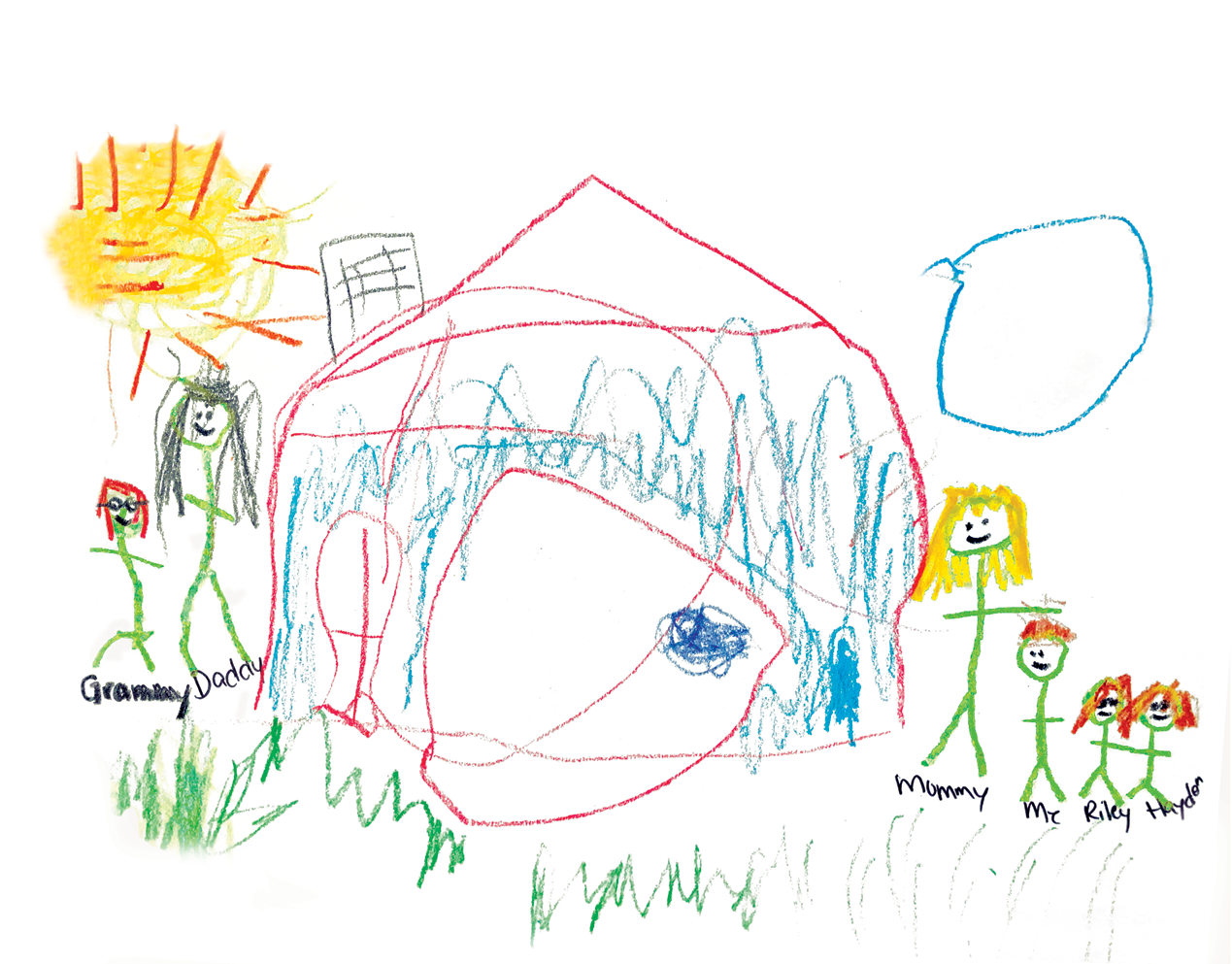
Rounding out the cluster, we move from the humanities to a design and engineering project in “Over the Fence: Engaging Preschoolers and Families in a Yearlong STEAM Investigation,” by Lauren Weatherly, Vicki Oleson, and Lisa Ramond Kistner. Wanting to see over the tall fence surrounding their playground, a group of 4- and 5-year-olds moves from asking their teachers for a solution to solving the problem themselves by researching, designing, modeling, and building a tree house (with a little help from families and friends). Like professional architects, they meet regulatory standards and consider aesthetic features while achieving their goal.
Throughout this cluster, what strikes me is how fortunate these children are to be engaged in meaningful, creative challenges so early in their education. Without diminishing children’s initial thoughts, the teachers in these articles find ways to press forward—building knowledge, asking questions, and making time and space for thinking—to enable the children to have deeper, more creative ideas.
Reflecting on these articles, I realize that we are all fortunate, for we all ultimately benefit from this type of education. As Martin Luther King Jr. pointed out, “Almost always, the creative dedicated minority has made the world better.”
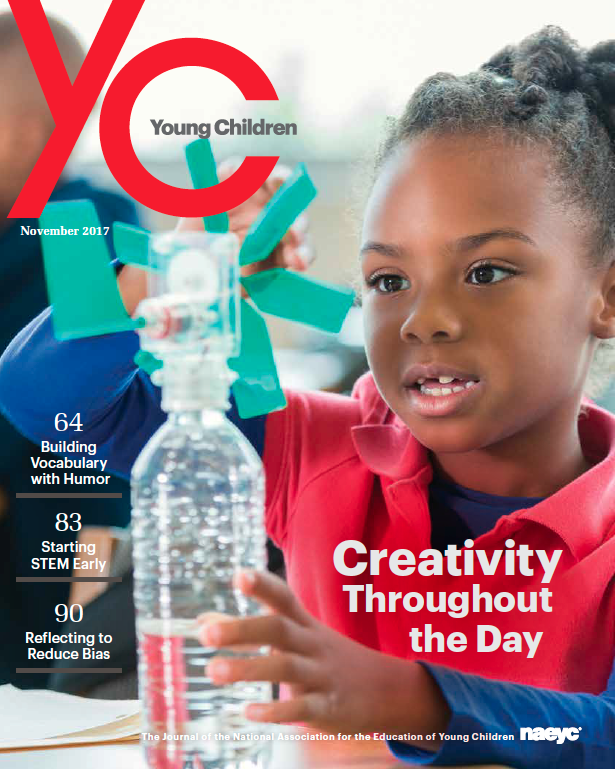 Read Young Children's November 2017 issue!
Read Young Children's November 2017 issue!
We’d love to hear from you!
Send your thoughts on this issue, as well as topics you’d like to read about in future issues of Young Children, to [email protected].
Would you like to see your children’s artwork featured in these pages? For guidance on submitting print-quality photos (as well as details on permissions and licensing), email [email protected] or see NAEYC.org/publications/forauthors/photoguidelines.
Lisa Hansel, EdD, is the editor in chief of NAEYC's peer-reviewed journal, Young Children.
